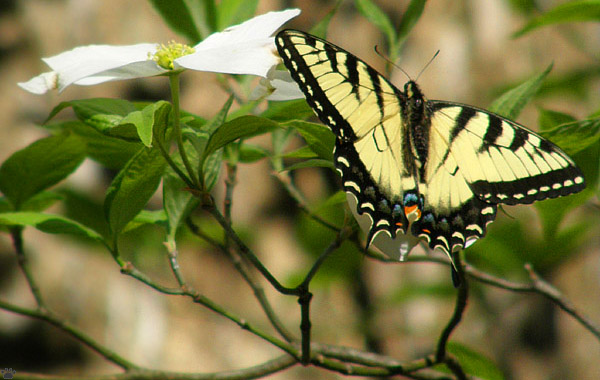
Eastern tiger swallowtail (Papilio glaucus) on flowering dogwood (Cornus florida), Ocala National Forest. |
Florida, part 25: Butterflies
Wildlife of Florida is generally a weird mix of northern and tropical species, but one group here is almost entirely of tropical origin: Florida's beautiful butterflies.

Zebra swallowtail (Eurytides marcellus), Big Pine Key. |
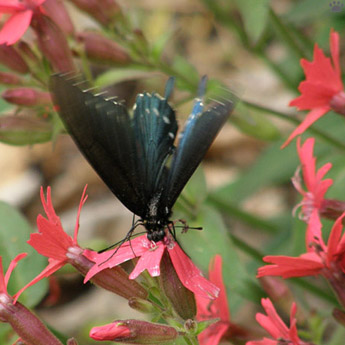
Pipevine swallowtail (Battus philenor), ONF. |
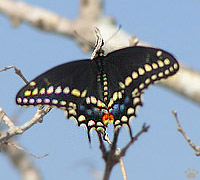
Black swallowtail (P. polyxenes), ONF. |
Over a hundred species occurs here. The largest and most beautiful are the twelve species of swallowtails. They are common throughout the Peninsula, except for three rare tropical swallowtails occurring only on the Keys (two of them are probably only rare vagrants from the West Indies). |
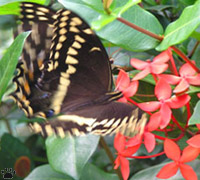
Palamedes swallowtails (P. palamedes), ONF. |
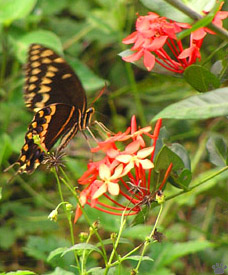 |
 |
 |
| Palamedes swallowtails (P. palamedes), ONF. |
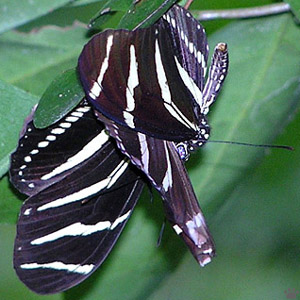
Mating zebra longwings (Heliconia charitonius), ONF. |
Longwings are a huge Neotropical subfamily with just four species in Florida. One of them is zebra longwing, the state butterfly. |
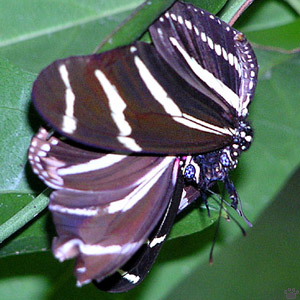
Mating zebra longwings, ONF. |
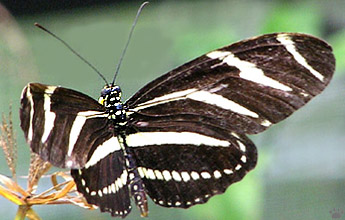 |
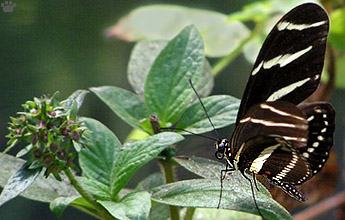 |
| Zebra longwings, ONF. |
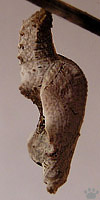 |
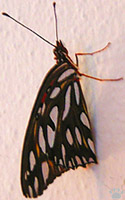 |
Gulf fritillary is another common species of longwing.
 |
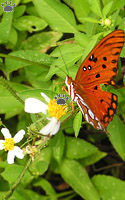 |
 |
| Gulf fritillaries (Agraulis vanillae) and their pupae (live and empty), Coral Gables. |
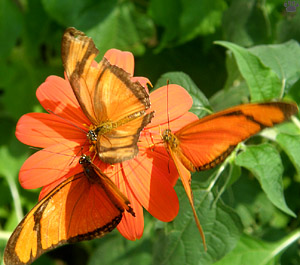
Julias (Dryas julia), Fakahatchee Strand State Preserve. |
Delicate and exotic, longwings give a certain Amazonian feel to Florida hammocks and forest clearings. |
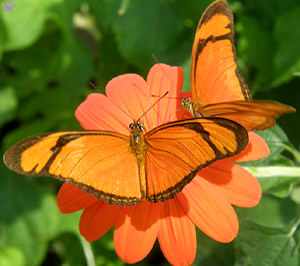
Julias, FSSP. |

Red admiral (Vanessa atalanta), ONF. |

Mourning cloak (Nymphalis antiopa), Arbuckle State Forest. |

Red admiral, CG. |
A few species are migratory: some monarchs and red admirals arrive to Florida in late fall. Mourning cloak (above) is of northern origin, but not a known migrant. |

Red admiral, CG. |
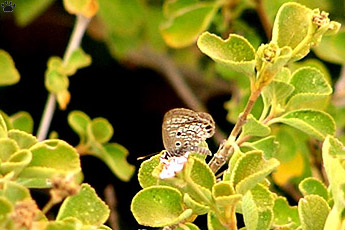
Miami blue (Hemiargus thomasi bethunebakeri), Bahia Honda State Park. |
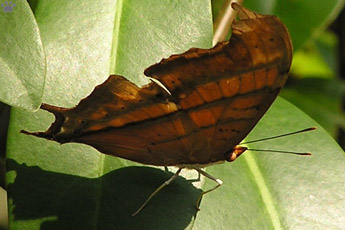
Ruddy daggerwing (Marpesia petreus), Matheson Hammock State Park. |
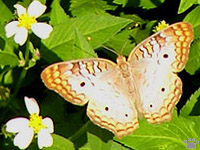
White peacock (Anartia jatrophae), CG. |
Two species of the Keys are endangered. The tiny Miami blue butterfly (above) now survives only on one beach on Bahia Honda Key. Most of its habitat has been lost to beach development. Well, at least our largest butterfly - the giant swallowtail (below) is still relatively common. |
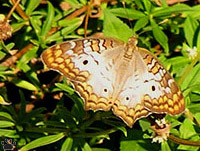
White peacock, CG. |

Giant swallowtail (Papilio cresphontes), Everglades National Park. |
Part 26. Moths
Back to Part 24
Home
|